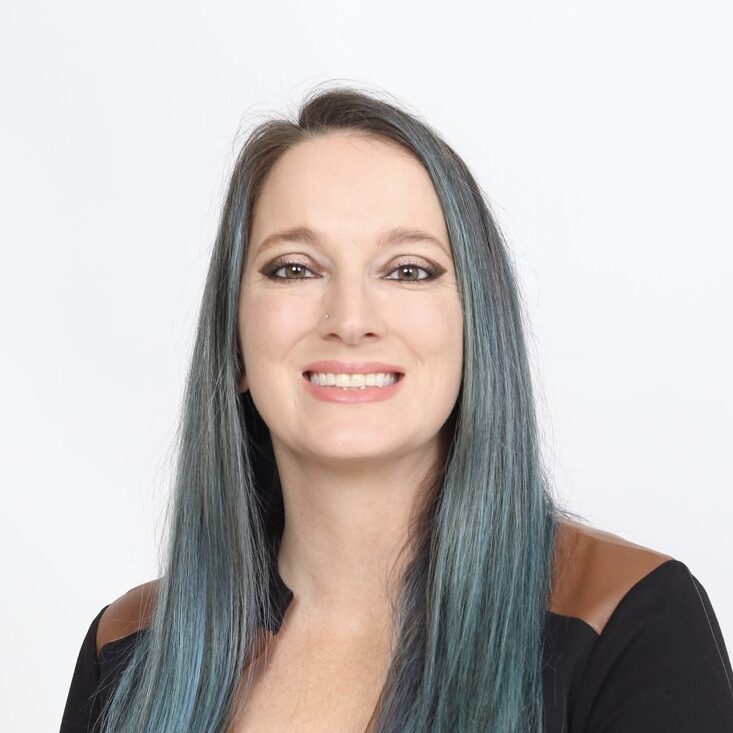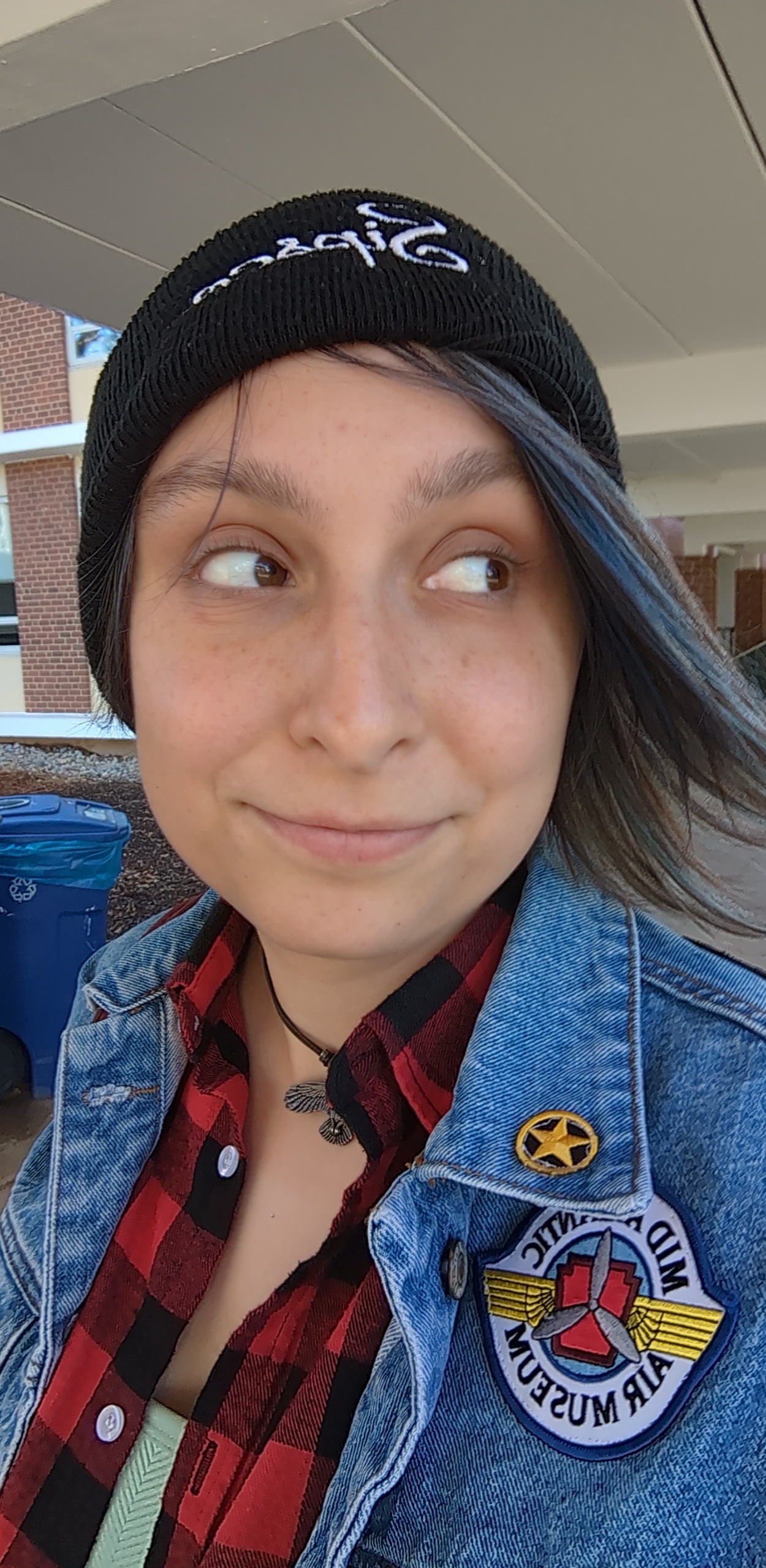Every doctoral student in the PhD in Education Program has a set of major milestones: Portfolios I-III, the dissertation proposal, and the final dissertation. This process is often intimidating and shrouded in mystery for students, so I have interviewed students at each step in the doctoral journey to illuminate the purpose of these checkpoints and provide insight on how to successfully pass each defense.
To address Portfolio II, I spoke with Eden Langston (she/her), a doctoral candidate in the PhD in Education Program, specializing in multilingual multicultural education (primary) and critical research methods (secondary).

The Portfolio II process begins the moment you step out of your Portfolio I review.
There are six requirements for Portfolio II:
- Updated CV;
- Updated program of study;
- Updated academic archive with your major coursework;
- Professional Update and Reflection Essay;
- Foundational and Contemporary Literature Essay; and finally
- Depth of Knowledge Essay.
While the guidance for Portfolio I is quite open and flexible, Eden noted increased guidance and clear expectations as to the content of the essays required in Portfolio II. Mainly, this guidance focuses on updating essays, “about your growth through the last year, and then you have your depth of knowledge essay to incorporate your coursework and…all the other literature you have been reading.” She brought up the need to “update your CV, really tie those essays into your…external and professional experiences.” The key in moving between Portfolios I and II is to “show your growth.”
Regarding the two literature review essays, Eden “had to go back to a lot of my coursework…and thought about how I can utilize that information towards my interest area.” She incorporated outside reading she had done to add depth to her essay, and through this process, she was able to examine the practicality of her current research experience and her identity as a researcher.
With respect to the Professional Update and Reflection Essay, Eden identified the biggest task as “approaching my CV.” She emphasized “…seeing what I could add…and modify into [my CV] helped me to reflect on those experiences.” There are many things that we may not think are “CV-worthy” that should be included (e.g., organizing presentations, working with planning committees). As Eden put it, “They’re all valuable.”
We next discussed approaching the program of study, and conversations with the committee to ensure areas of need are addressed by coursework. Eden stated the biggest consideration was, “What can I fit in this timeline that I have?” Asking this question and finding answers that both met course requirements and her personal research needs was the focus of her and her committee. Thankfully for Eden, very little changed between Portfolios I and II, and the changes that did occur were practical and feasible.
After assembling materials, the next step is preparing for the Portfolio II defense.
Eden says this process was streamlined, with few surprises for her during the defense. As she was “pre-sending all materials throughout the process to get feedback,” Eden could ensure that her materials were ready to go in the eyes of her committee.
To prepare for her defense, Eden put together a slideshow using “examples of slide sets …from [other] students.” Her chair provided an overview of what the meeting would look like and offered “a time and space to practice for her to give feedback.” This feedback enabled Eden to know how long to speak, what she should expound upon, and what questions she might ask her committee.
Eden notes that compared to Portfolio I, her Portfolio II defense was less nerve-wracking. By the Portfolio II defense, her committee knew what her trajectory was, and the rapport she developed with her committee supported positive outcomes.
…Ask your questions that are really pertinent for yourself
She noted a helpful strategy is to reread your essays and be comfortable with the content. Not only does this make it easier for you to answer questions from your committee, but it also makes it easier for you to “…ask your questions that are really pertinent for yourself.”
As she moved forward, Eden reflected on how the feedback she received for Portfolio II was focused on and “critical of my essays.” Generally, understanding the literature around the topics you want to examine within your dissertation is key, even as early as Portfolio II.
Eden shared a handful of takeaways for anyone preparing for their Portfolio II defense.
First, “…set a schedule and set time aside to really tackle your essays.” Despite their limit of 1,500 words, these essays take more time than you think. Consider the process of “…pushing into your self-reflexivity and reflecting back on it and trying to capture that into writing.” She also added that no student is alone in this process. Reaching out to your peers and critical friend network can aid in the writing and reflecting process of developing your Portfolio II documents. Furthermore, your faculty and committee are resources: don’t be afraid to ask for help and guidance from them, too!
Set a schedule and set time aside to really tackle your essays
Overall, Eden found her Portfolio II experience to be “not as intimidating as I feel like sometimes it’s perceived.” While it does require a high amount of engagement from the student and their committee, it is “doable and approachable.”
About the author

Beth Anne Hosek (she/they) is a doctoral student in the PhD in Education Program specializing in educational psychology and research methods. Her research interests include the self-efficacy for self-regulated learning of middle school students who have had adverse childhood experiences. When she isn’t studying, you can usually find her hiking, playing board games with friends, or with her nose buried in whatever book she’s currently enveloped in. She is also a founding member of the CEHD Student Advisory Board!
